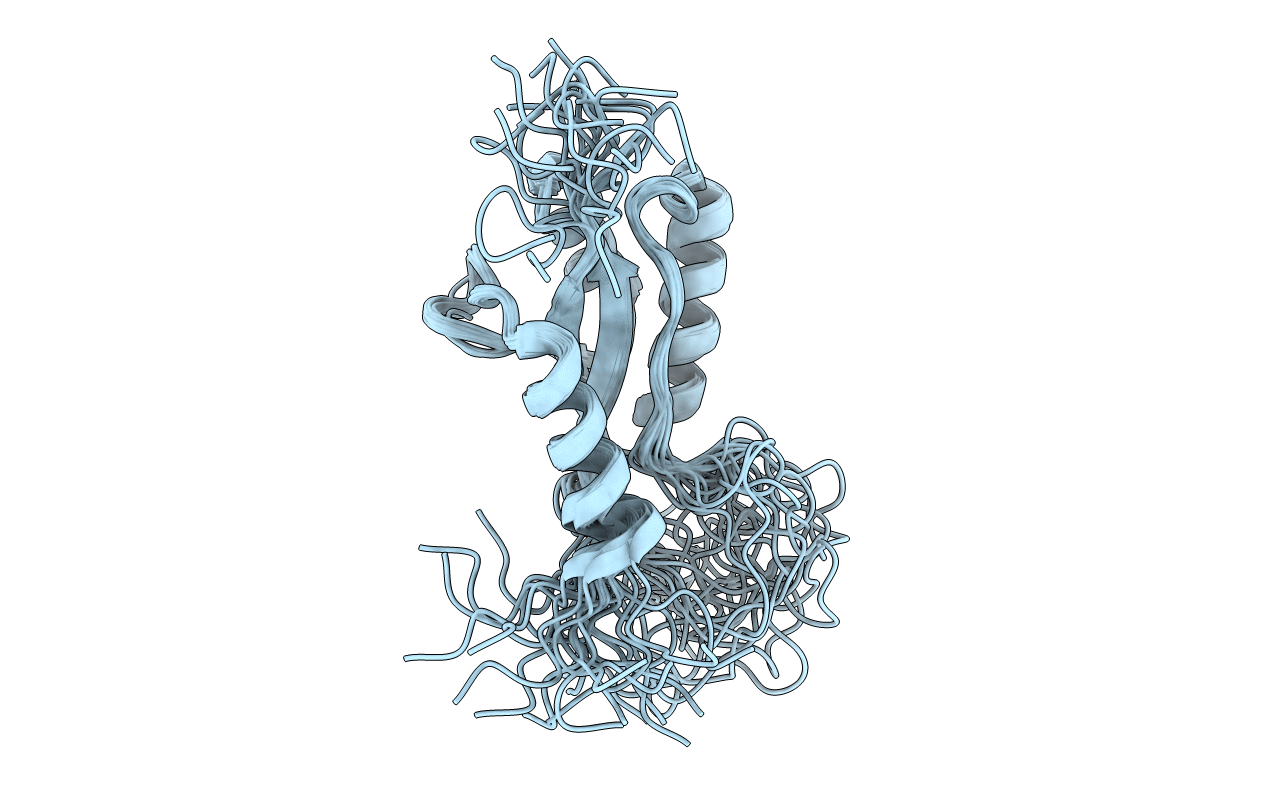
Deposition Date
2008-01-25
Release Date
2009-02-03
Last Version Date
2024-05-01
Entry Detail
PDB ID:
2K06
Keywords:
Title:
Solution structure of the aminoterminal domain of E. coli NusG
Biological Source:
Source Organism:
Escherichia coli (Taxon ID: )
Host Organism:
Method Details:
Experimental Method:
Conformers Calculated:
80
Conformers Submitted:
20
Selection Criteria:
structures with the lowest energy


